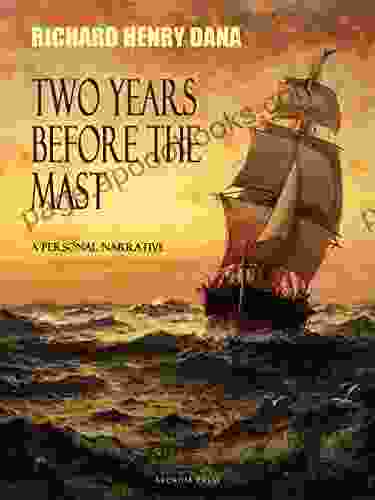Monstrosity and Religion: Unraveling the Interwoven Tapestries of the Sacred and the Grotesque

Prepare yourself for an enthralling journey into the enigmatic realm where the sacred and the grotesque intertwine. The book "Monstrosity and Religion in Europe and the United States" embarks on a thought-provoking exploration of the complex and often unsettling relationship between these seemingly disparate concepts. Through the lens of history, art, and literature, this captivating work unveils the fascinating interplay between monstrosity and religion.
5 out of 5
| Language | : | English |
| File size | : | 53299 KB |
| Text-to-Speech | : | Enabled |
| Screen Reader | : | Supported |
| Enhanced typesetting | : | Enabled |
| Word Wise | : | Enabled |
| Print length | : | 296 pages |
The concept of monstrosity, often associated with fear and revulsion, has long been intertwined with religious beliefs and practices. From ancient myths and legends to medieval bestiaries and modern horror stories, monstrous figures have served as symbols of evil, temptation, and the untamed forces of nature.
Monstrous Figures in Religious Imagery
Religion has often employed monstrous imagery as a powerful tool for conveying moral lessons and warning against transgressions. In Christian tradition, for instance, the serpent in the Garden of Eden represents temptation and deceit, while the devil is depicted as a grotesque and menacing figure symbolizing evil. These monstrous representations serve to reinforce religious teachings and evoke fear and awe in believers.
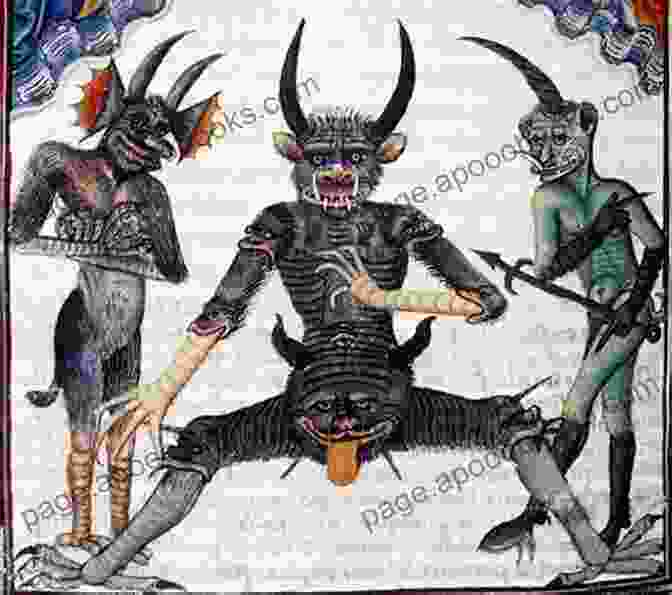
Monstrosity and the Limits of Human Understanding
The grotesque and monstrous have also been used to explore the limits of human understanding and the boundaries of the natural world. In Gothic architecture, for example, grotesque creatures and gargoyles adorn cathedrals and churches, serving as reminders of the fragility of human existence and the presence of the supernatural. These monstrous figures symbolize the chaos and disFree Download that lurk beneath the surface of everyday life.
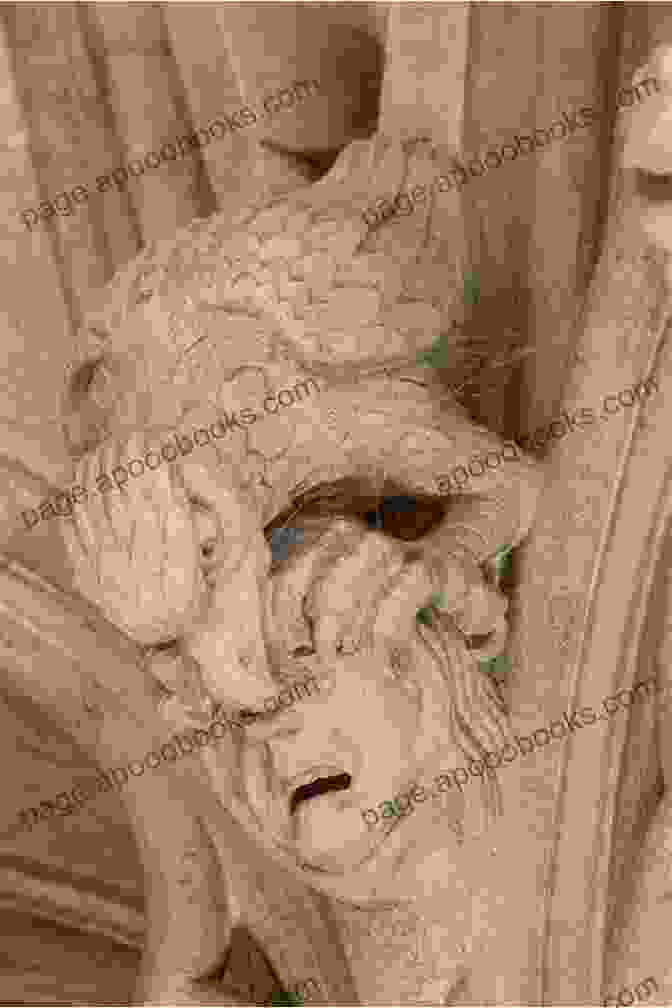
Monstrous Bodies and the Challenges to Religious Norms
Throughout history, individuals with physical deformities or disabilities have often been perceived as monstrous and excluded from religious communities. This exclusion highlights the tension between the idealized and the monstrous, as well as the challenges posed to religious norms by those who do not conform to societal expectations.
In the United States, for example, the eugenics movement in the early 20th century sought to eliminate so-called "undesirable" traits, including physical deformities, through forced sterilization and institutionalization. This movement exemplified the fear and prejudice associated with monstrosity and the attempts to control and suppress those who were perceived as different.
Modern Explorations of Monstrosity and Religion
In contemporary art and literature, the exploration of monstrosity and religion continues to yield powerful and thought-provoking works. Artists and writers use monstrous imagery to challenge religious dogma, explore the boundaries of identity, and confront the horrors of war and violence.
For instance, the works of filmmaker Guillermo del Toro often feature monstrous creatures as symbols of both fear and empathy, challenging traditional notions of good and evil. Similarly, the writings of Octavia Butler explore the experiences of marginalized individuals and the ways in which monstrosity can be both a source of oppression and a catalyst for transformation.
"Monstrosity and Religion in Europe and the United States" is an indispensable work for anyone interested in the complex interplay between the sacred and the grotesque. Through a wide-ranging exploration of history, art, and literature, this book provides a nuanced understanding of the ways in which monstrosity has been used to define, challenge, and transcend religious beliefs and practices.
By embracing the monstrous, we can gain a deeper appreciation for the diversity and complexity of human experience. We can confront our fears, challenge our prejudices, and ultimately come to a more profound understanding of ourselves and the world we inhabit.
5 out of 5
| Language | : | English |
| File size | : | 53299 KB |
| Text-to-Speech | : | Enabled |
| Screen Reader | : | Supported |
| Enhanced typesetting | : | Enabled |
| Word Wise | : | Enabled |
| Print length | : | 296 pages |
Do you want to contribute by writing guest posts on this blog?
Please contact us and send us a resume of previous articles that you have written.
 Book
Book Novel
Novel Page
Page Chapter
Chapter Text
Text Story
Story Genre
Genre Reader
Reader Library
Library Paperback
Paperback E-book
E-book Magazine
Magazine Newspaper
Newspaper Paragraph
Paragraph Sentence
Sentence Bookmark
Bookmark Shelf
Shelf Glossary
Glossary Bibliography
Bibliography Foreword
Foreword Preface
Preface Synopsis
Synopsis Annotation
Annotation Footnote
Footnote Manuscript
Manuscript Scroll
Scroll Codex
Codex Tome
Tome Bestseller
Bestseller Classics
Classics Library card
Library card Narrative
Narrative Biography
Biography Autobiography
Autobiography Memoir
Memoir Reference
Reference Encyclopedia
Encyclopedia Robbie Cheadle
Robbie Cheadle Peter Wilkinson
Peter Wilkinson Monique Snyman
Monique Snyman Nashoda Rose
Nashoda Rose Mary P Richards
Mary P Richards Sangeet Kumar
Sangeet Kumar Sarah Blodgett
Sarah Blodgett Rinda Blom
Rinda Blom Pat Thomas
Pat Thomas Mark V Campbell
Mark V Campbell Hal Leonard
Hal Leonard Maxine Neely Davenport
Maxine Neely Davenport Paul Tobin
Paul Tobin Susan Crowther
Susan Crowther Nicholas Dagen Bloom
Nicholas Dagen Bloom Oz Montgomery
Oz Montgomery Navana Kundu
Navana Kundu Michelle Law
Michelle Law Will Clark
Will Clark Walter Laqueur
Walter Laqueur
Light bulbAdvertise smarter! Our strategic ad space ensures maximum exposure. Reserve your spot today!
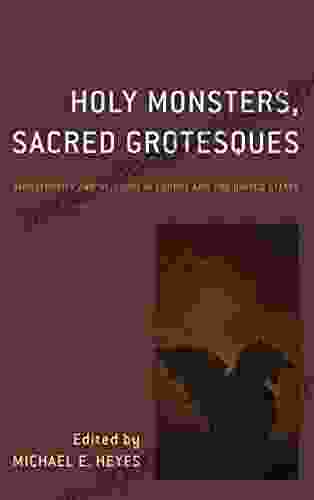
 Samuel BeckettMonstrosity and Religion: Unraveling the Interwoven Tapestries of the Sacred...
Samuel BeckettMonstrosity and Religion: Unraveling the Interwoven Tapestries of the Sacred... Jorge Luis BorgesFollow ·14.2k
Jorge Luis BorgesFollow ·14.2k Glen PowellFollow ·6.8k
Glen PowellFollow ·6.8k Emanuel BellFollow ·6.7k
Emanuel BellFollow ·6.7k Edward BellFollow ·4k
Edward BellFollow ·4k Gregory WoodsFollow ·19.1k
Gregory WoodsFollow ·19.1k Morris CarterFollow ·11.2k
Morris CarterFollow ·11.2k Theodore MitchellFollow ·17.6k
Theodore MitchellFollow ·17.6k Harold PowellFollow ·3.5k
Harold PowellFollow ·3.5k
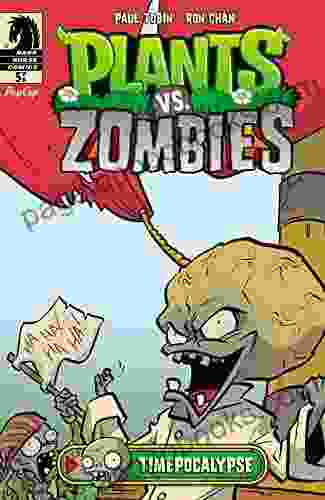
 Ben Hayes
Ben HayesJourney into the Verdant Realm of "Plants vs. Zombies:...
Immerse Yourself in an Epic Battle for...

 Edward Reed
Edward ReedUnveiling the Allure of Modish Crochet Hats Annie...
In the realm of fashion and...
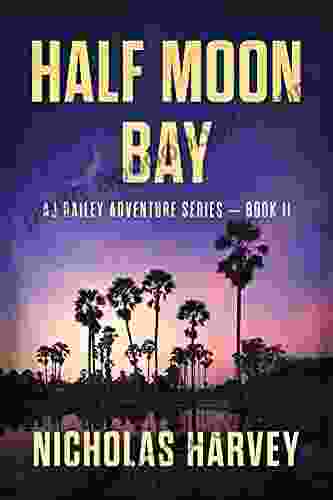
 Jaylen Mitchell
Jaylen MitchellHalf Moon Bay: An Unforgettable Adventure Awaits in Aj...
Prepare yourself...
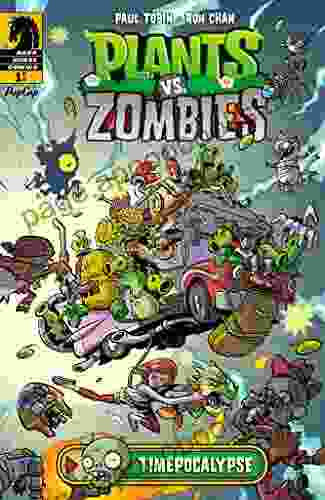
 Dan Brown
Dan BrownUnleash the Plant-Powered Apocalypse: Dive into Paul...
Prepare yourself for an epic showdown where...
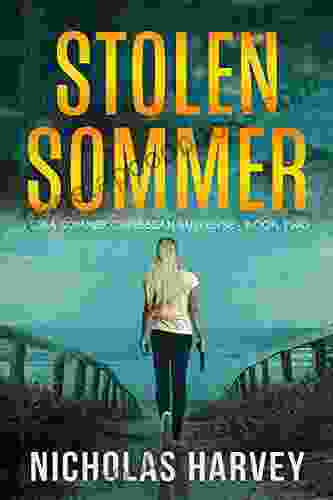
 Efrain Powell
Efrain PowellStolen Summer: Nora Sommer's Enthralling Caribbean...
Escape to a World of...
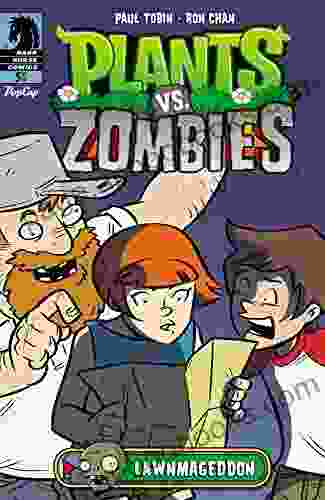
 Steven Hayes
Steven HayesPlants vs. Zombies: Lawnmageddon - The Ultimate Battle...
Prepare for the ultimate battle between plants...
5 out of 5
| Language | : | English |
| File size | : | 53299 KB |
| Text-to-Speech | : | Enabled |
| Screen Reader | : | Supported |
| Enhanced typesetting | : | Enabled |
| Word Wise | : | Enabled |
| Print length | : | 296 pages |







